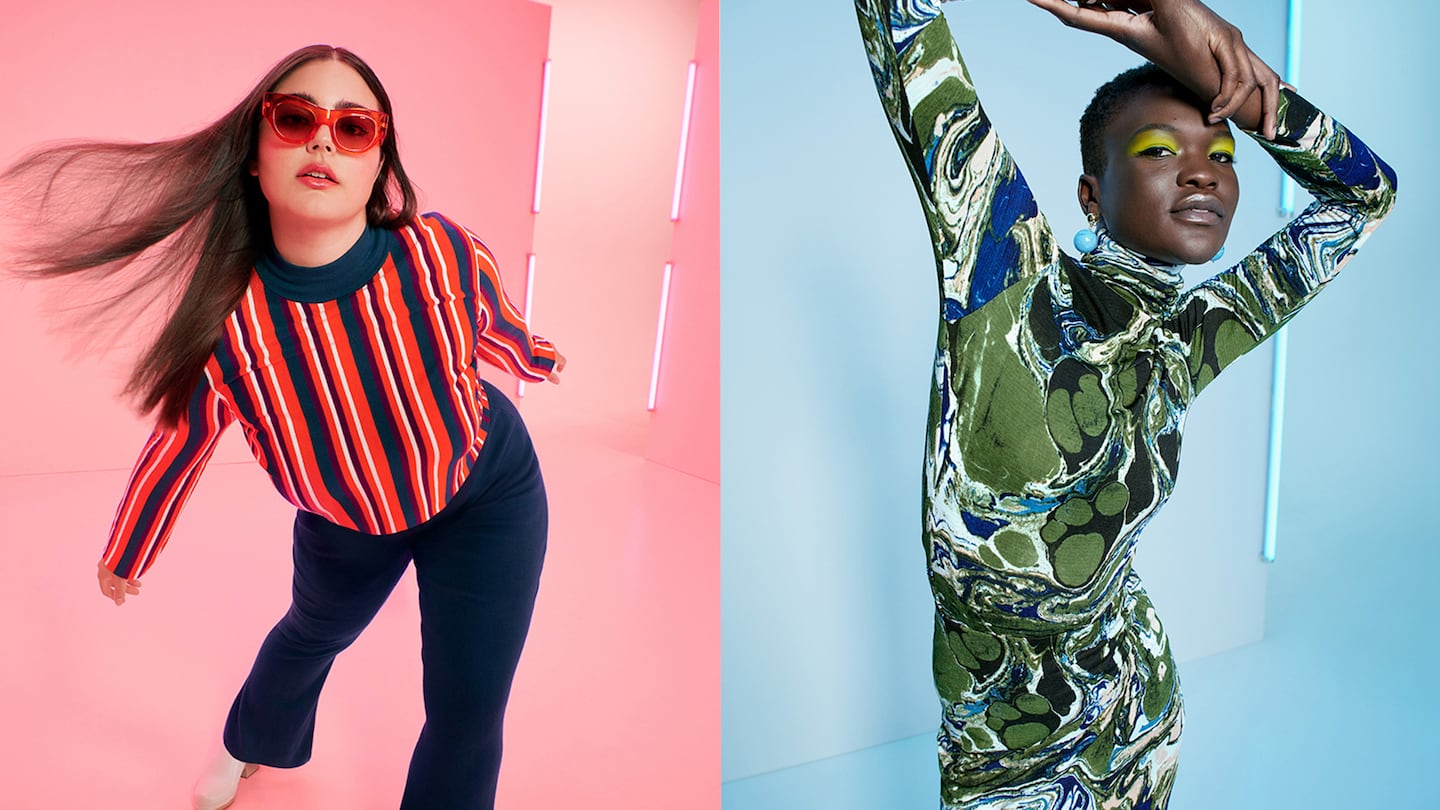
The Business of Fashion
Agenda-setting intelligence, analysis and advice for the global fashion community.

Agenda-setting intelligence, analysis and advice for the global fashion community.

The big-box retailer announced Monday that it had tapped four designers — Comey and Liang, as well as Victor Glemaud and Nili Lotan — for its fall collection, which will debut in stores and online in September.
Comey, Liang, Glemaud and Lotan have collectively designed 180 items, most of which will sell for under $50. Comey designed denim handbags and leather blouses while Liang made smocked dresses and patchwork fleece. Glemaud’s designs include colour-blocking statement items and Lotan’s designs include outerwear and slip dresses.
Target’s fashion collaborations are highly anticipated, as they offer access to a designer’s pieces at a mass-market price point. Previous brands who’ve worked with Target include Christopher John Rogers, Thakoon, Rodarte, Jason Wu and Lilly Pulitzer
Learn more:
ADVERTISEMENT
High-Low Collaborations Democratised Fashion. But What Did They Do For the Designers?
Target gave independent brands the opportunity to make some money and gain exposure. In the long term, however, the cheap-chic retailer is the real winner.
As the German sportswear giant taps surging demand for its Samba and Gazelle sneakers, it’s also taking steps to spread its bets ahead of peak interest.
A profitable, multi-trillion dollar fashion industry populated with brands that generate minimal economic and environmental waste is within our reach, argues Lawrence Lenihan.
RFID technology has made self-checkout far more efficient than traditional scanning kiosks at retailers like Zara and Uniqlo, but the industry at large hesitates to fully embrace the innovation over concerns of theft and customer engagement.
The company has continued to struggle with growing “at scale” and issued a warning in February that revenue may not start increasing again until the fourth quarter.